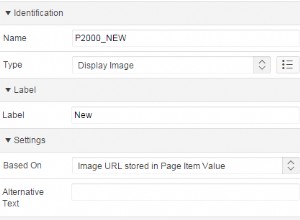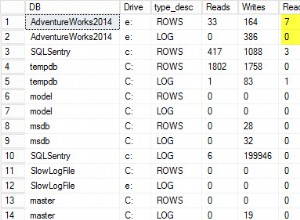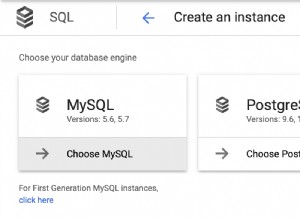Tôi nghĩ rằng bạn không thể làm gì về việc xử lý Sql Server bằng cách xử lý mức độ nghiêm trọng của lỗi DDL, một số trong số đó được xử lý tự động (ví dụ:buộc phải quay lại giao dịch) bởi chính Sql Server.
Những gì bạn chỉ có thể làm là làm cho mã tập lệnh của bạn đối phó với nó và cung cấp cho người dùng tập lệnh lỗi mô tả.
Ví dụ:
-- drop table thetransformersmorethanmeetstheeye
-- select * from thetransformersmorethanmeetstheeye
-- first batch begins here
begin tran
create table thetransformersmorethanmeetstheeye(i int); -- non-erring if not yet existing
-- even there's an error here, @@ERROR will be 0 on next batch
ALTER TABLE [dbo].[Table1] WITH CHECK ADD CONSTRAINT [FK_constraint] FOREIGN KEY([field1], [field2])
REFERENCES [dbo].[Table2] ([field3], [field4]);
go -- first batch ends here
-- second batch begins here
if @@TRANCOUNT > 0 begin
PRINT 'I have a control here if things needed be committed or rolled back';
-- @@ERROR is always zero here, even there's an error before the GO batch.
-- @@ERROR cannot span two batches, it's always gets reset to zero on next batch
PRINT @@ERROR;
-- But you can choose whether to COMMIT or ROLLBACK non-erring things here
-- COMMIT TRAN;
-- ROLLBACK TRAN;
end
else if @@TRANCOUNT = 0 begin
PRINT 'Sql Server automatically rollback the transaction. Nothing can do about it';
end
else begin
PRINT 'Anomaly occured, @@TRANCOUNT cannot be -1, report this to Microsoft!';
end
-- second batch implicitly ends here




